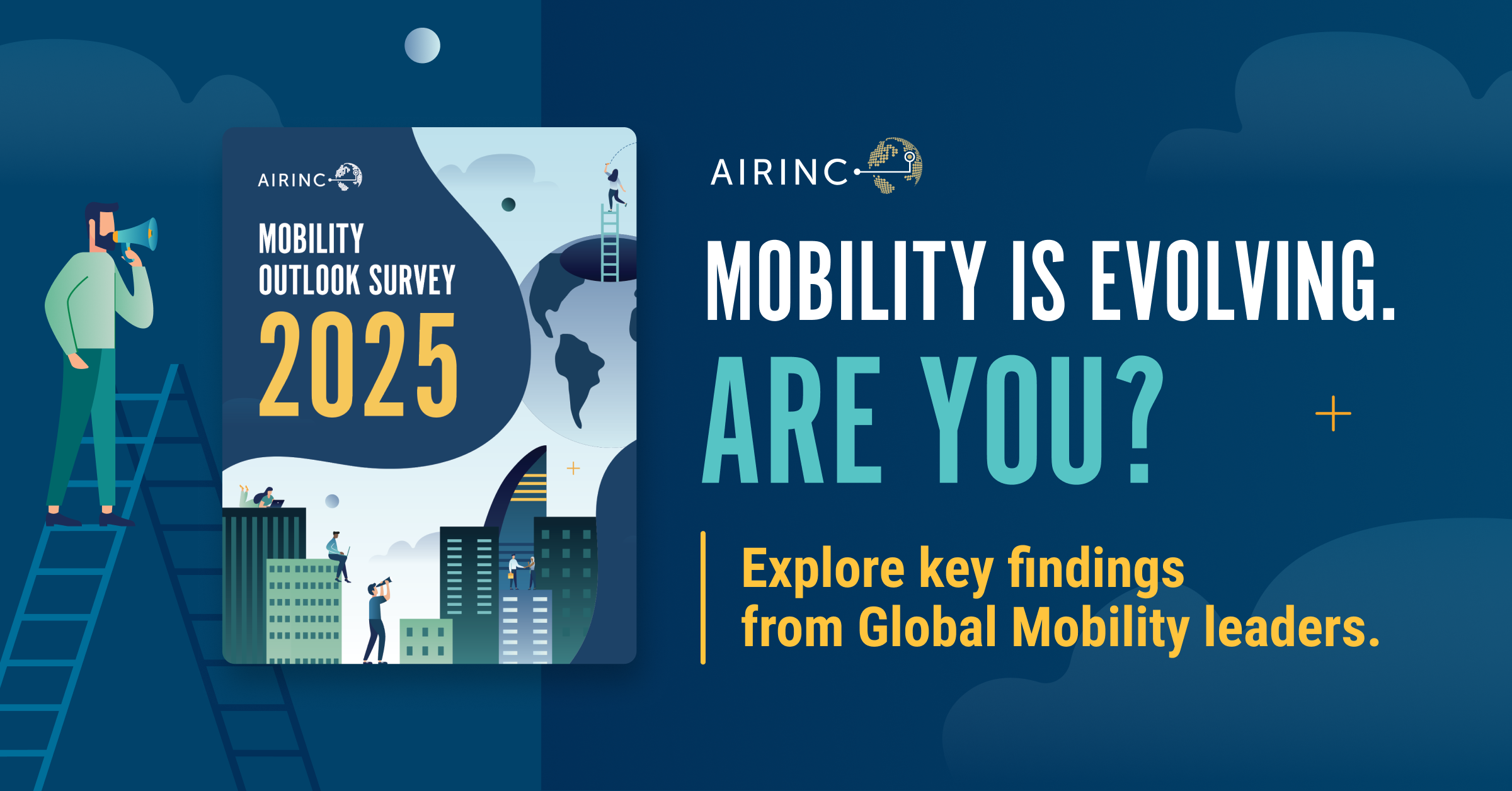In the first blog in our series, we explored the many ways Global Mobility (GM) teams are structured today, from solo practitioners to multi-layered global functions. But why are teams set up this way? What drives an organization to invest in a specialist-heavy model versus a decentralized approach or a lean team with heavy reliance on vendor partnerships.
Our survey responses revealed key areas of consideration: compliance and governance demands, internal resources and structure, and the role of technology and vendors. Learn from survey participants, in their own words, how these factors influence their mobility functions.
Compliance as a Driver
Few areas of HR carry as much compliance risk as mobility. Immigration, tax, social security and other requirements often dictate the need for dedicated roles. As one participant shared about their mobility function structure:
“One head of GM, 4 regional leads with teams reporting to them. Separately, we have 2 people who manage tax issues such as tax policy, eligibility lists for compliance, etc.” North American Energy Services Firm
Another described their setup this way:
“Three Directors: Operations, Relocation & Assignment consulting, Immigration consulting. The rest of the team specializes in their respective areas (US domestic relocation/assignments, International relocation/assignments, US Immigration, Non-US Immigration).” North American Financial Services Firm
And:
“Two general GM Advisors [plus] other specialist functions for payroll, costs, policy, taxation and provider management.” European Automotive Company
Given the complexity of today’s environment, many organizations are supplementing generalist knowledge with specialized compliance expertise.
Shared Services in Action
Beyond the scale of assignments and number of locations, whether a company can leverage a Shared Services center for mobility can determine how teams are built. One respondent explained:
“The GM team operates out of the Shared Service Center and reports to a single GM Manager. Within this team, there are three distinct groups: Partner Relationship Management Specialists and Senior Advisors, Advisors who report to Supervisor, and Mobility Controllers who report to Team Leader. Contracts and policies are managed and owned by reward located at HQ.” European Telecommunications Company
Another noted certain roles that are in Shared Services
“Mobility Reward Partners report into the Head of the Mobility Area of Practice. Mobility Reward Analysts (Advising) and Mobility Reward Analyst (Operations) sit in the Shared Service Centers. They do not report into the Mobility Area of Practice.” European Life Sciences Company
By centralizing certain activities within Shared Services, companies can drive consistency and efficiency, allowing mobility teams to focus on advisory and strategic priorities.
Governance and Policy Focus
Some organizations separate policy management from operational delivery to ensure clarity of roles and responsibilities. For example:
“Three separate functions: GM Competence and Support Center for policy design and maintenance, digital platform maintenance, reporting and analytics, vendor management, tax and social security advisory; GM Services and Partnership for delivery; and Business Travel policy and delivery as its own function.” European Manufacturing Company
And:
“Separate structure for Policy and for Operations (transfer teams divided by regions, global transaction team, system team, contract management team and separate tax compliance team).” European Oil/Gas Company
Others take a similar approach by centralizing policy under global leadership and distributing operational tasks to local teams. This separation ensures that policy is managed strategically while operations remain agile.
“Global leadership roles are responsible for policy, vendor management, technology, career development, and employee listening/ assignee experience. Then Assignment Management has geographic area leaders and more local regional leaders and country-level case managers. Additional support for all locations and functions is by talent hub resources.” European Professional Services Firm
Technology and Vendor Oversight
A growing number of organizations are introducing roles dedicated to technology management, data and reporting, often in tandem with vendor management, to help run their programs more efficiently and make better use of digital tools and external partnerships. Explains one participant:
“There are 3 main roles in the central team:
1) Mobility Business Partners - advise the business on mobility needs, relevant cross functional policies and impacts, train local staff, handle complex cases, escalations and exceptions. Some project capacity e.g. for review of offering, policy work and new office openings.
2) Mobility Lead - support individual assignees, transferees and secondees, put together their transfer letter, financial support, services, work with vendors, home and host office. Some project support e.g. to act as functional sponsor for technology enhancements
3) Operations - manage tools and vendors, including SuperUser role for [assignment management system], microsites, etc.” North American Professional Services Firm
A call-out for vendor management:
“Manager oversees GM strategy with three consultants (policy management, service delivery oversight, vendor management, HR & business consultation) and one analyst (operational foundation, integration of processes/reporting, compliance & drive efficiencies).” North American Automotive Company
These examples illustrate how technology and vendor partnerships are increasingly central to mobility operations.
Key Takeaways: What We Learned About Global Mobility Function Design
The way a Global Mobility function is designed isn’t random, it’s a reflection of business priorities. Compliance needs, geographic complexity, governance requirements, organizational alignment, and technology capabilities all play a role in shaping team structures.
In our final blog of this series, we’ll look ahead: What do these trends tell us about the future of GM function design?
Want More on the Global Mobility Function?
Explore additional AIRINC insights that dive deeper into how organizations are designing and evolving their global mobility functions:
-
Global Mobility Function Paper: Learn how leading companies are redefining their mobility functions to deliver business value and enhance the employee experience.
-
Global Mobility Function Case Studies: See real-world examples of how organizations are transforming their program design, vendor partnerships, and technology use.


%20(83)%20(1).png)

%20(37).png)


